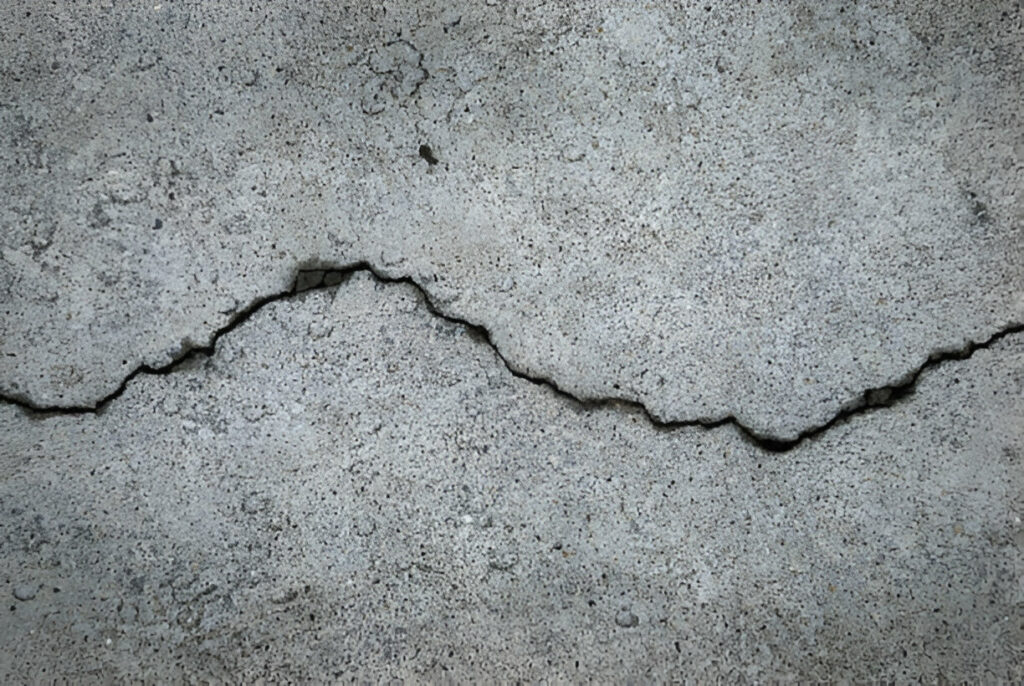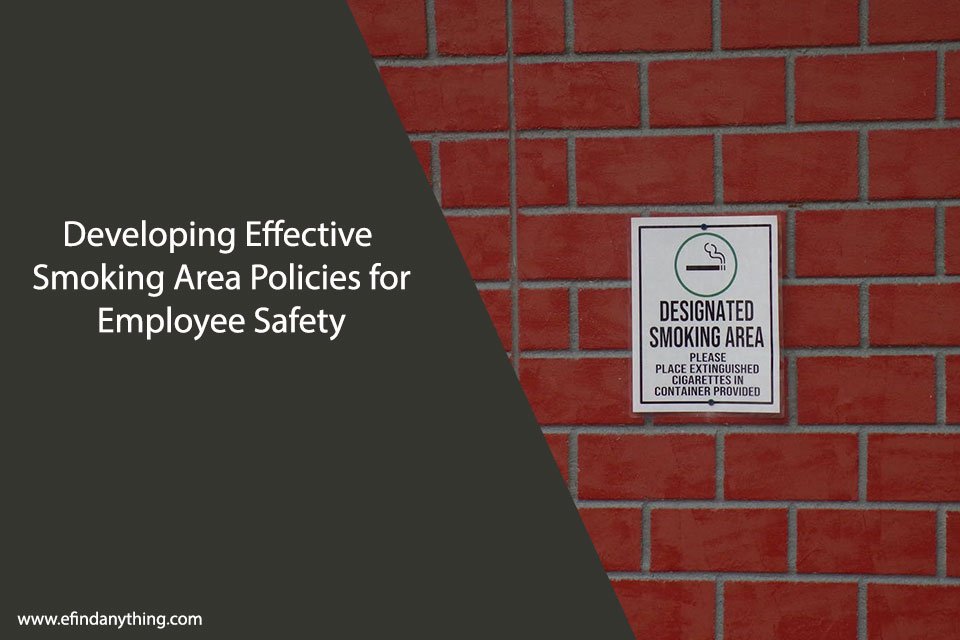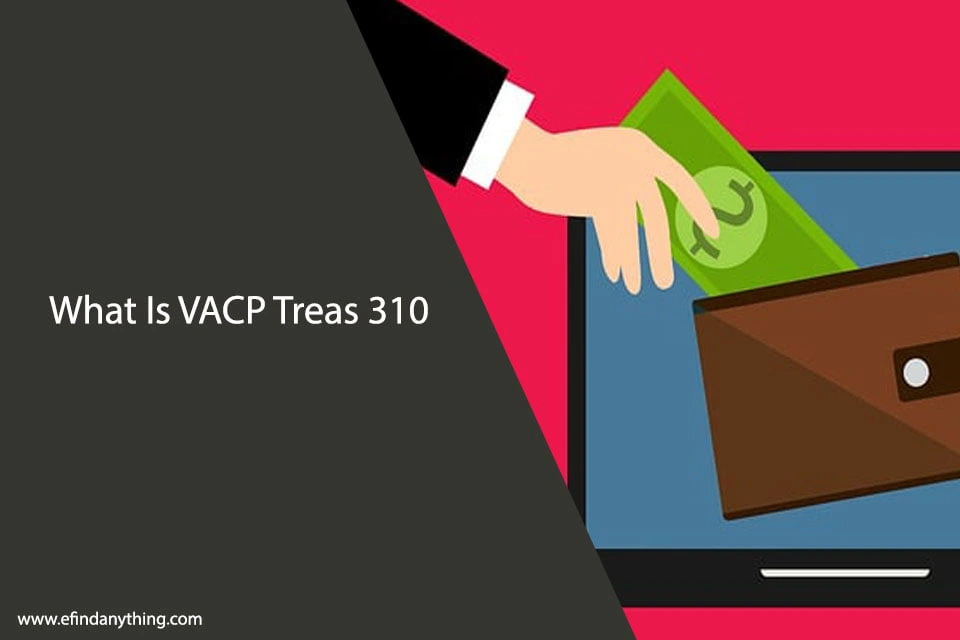
Concrete sidewalks are essential for pedestrian safety, but over time, they can develop cracks, uneven surfaces, and other forms of deterioration. Proper maintenance ensures long-lasting durability while preventing potential legal issues due to non-compliance with city regulations. Understanding common sidewalk problems, effective repair methods, and compliance requirements helps property owners maintain safe and structurally sound walkways.
Common Sidewalk Problems
Cracking is one of the most frequent issues with concrete sidewalks. Small hairline cracks may not seem problematic at first, but they can widen over time due to temperature fluctuations and foot traffic. Large cracks pose tripping hazards and allow water infiltration, which leads to further deterioration.
Uneven pavement often results from soil movement, root growth, or poor initial installation. Raised slabs create significant safety concerns, increasing the risk of falls and legal liability for property owners.
Spalling occurs when the surface layer of concrete begins to break apart, exposing the aggregate underneath. This issue can stem from freeze-thaw cycles, poor-quality concrete mixes, or excessive wear.
Pooling water is another common concern, particularly in areas with improper drainage. When sidewalks fail to direct water away efficiently, pooling can weaken the surface and contribute to erosion.
Effective Repair Methods
Crack sealing is a simple solution for minor sidewalk damage. Applying flexible sealants prevents further expansion while maintaining surface integrity.
Concrete grinding eliminates raised edges and uneven slabs by smoothing out the surface. This method works well for sidewalks impacted by tree roots or shifting ground.
Patch repairs are effective for small areas of damage. Using concrete patch compounds ensures restored structural stability while maintaining a seamless appearance.
Full slab replacement becomes necessary when sidewalks exhibit severe deterioration. Removing damaged sections and pouring fresh concrete guarantees long-term durability while improving visual appeal.
Proper drainage installation prevents future sidewalk deterioration. Incorporating slope corrections or adding drainage channels ensures water flows away rather than pooling on the surface.
Compliance Tips for Property Owners
Cities often enforce strict sidewalk regulations to ensure pedestrian safety. Property owners must regularly inspect sidewalks to prevent potential violations. Conducting seasonal assessments, especially after winter conditions, helps identify cracks and elevation changes.
Municipal codes typically require permits for major concrete sidewalk repair NYC. Before beginning work, property owners should check with local authorities regarding permit requirements and approved materials.
Hiring licensed contractors ensures sidewalk repairs meet city standards. Certified professionals understand compliance regulations and proper installation techniques, minimizing legal risks.
Maintaining accessibility is critical when repairing sidewalks. ADA regulations mandate specific slope requirements, curb transitions, and non-slip surfaces to accommodate individuals with mobility challenges.
Final Thoughts
Concrete sidewalk repairs require careful attention to structural integrity, safety, and legal compliance. Understanding common problems, selecting appropriate repair methods, and adhering to municipal guidelines ensure sidewalks remain functional and hazard-free. Regular inspections and proactive maintenance prevent costly fines while enhancing pedestrian safety in residential and commercial areas. Investing in high-quality repairs guarantees long-term durability, reducing future liabilities for property owners. For expert construction and renovation services tailored to your needs, visit Zicklincontracting.com.










